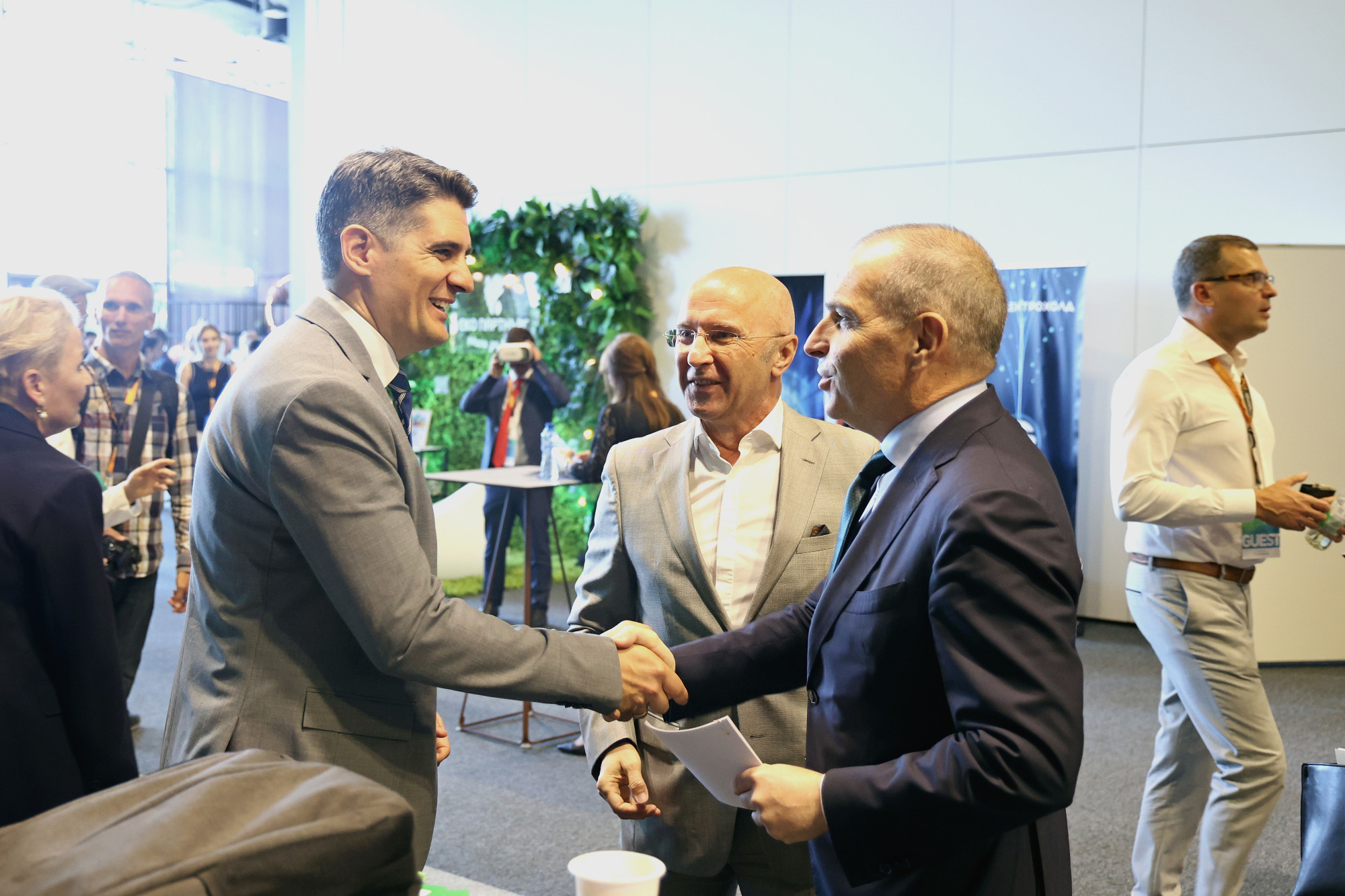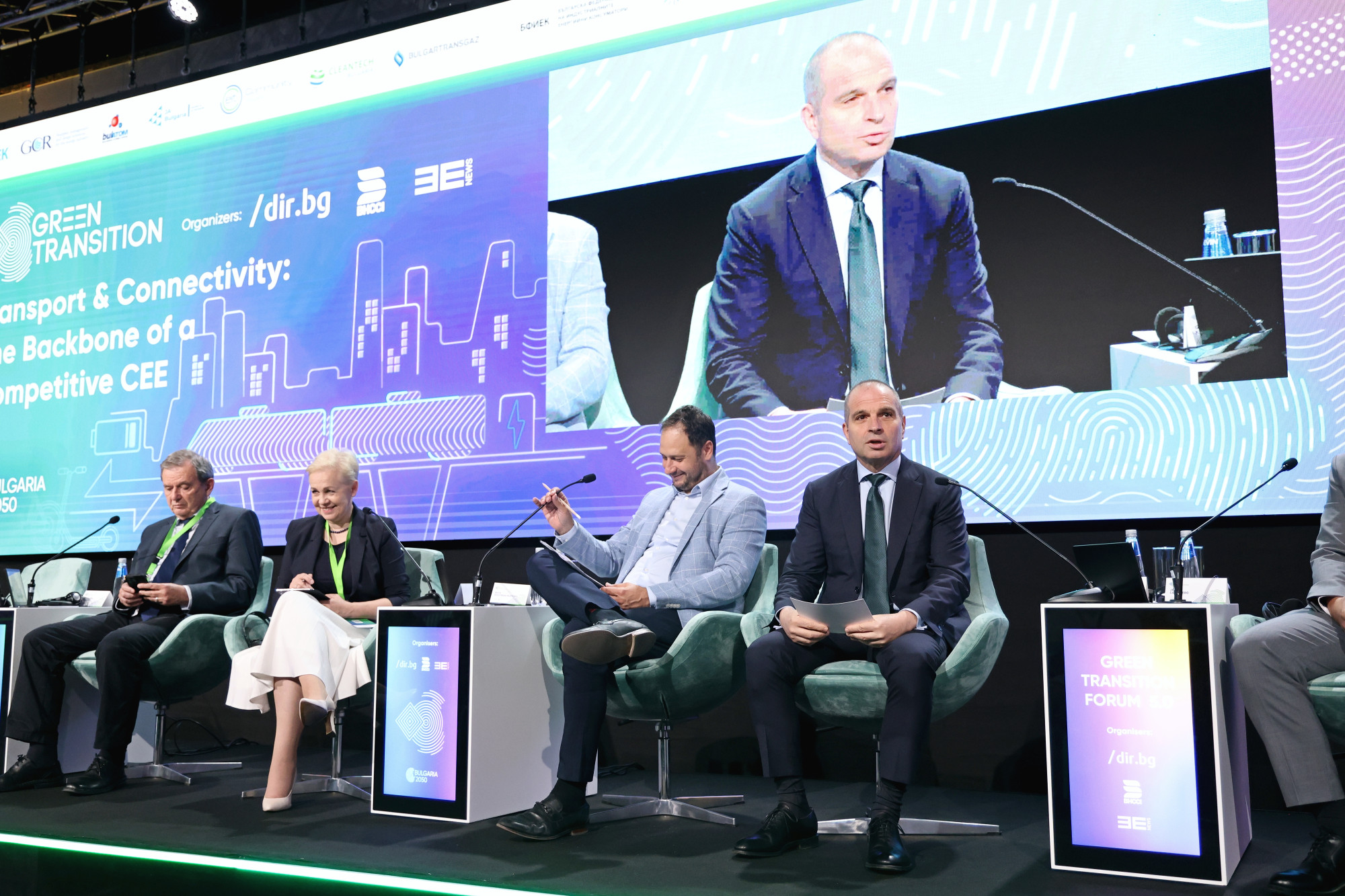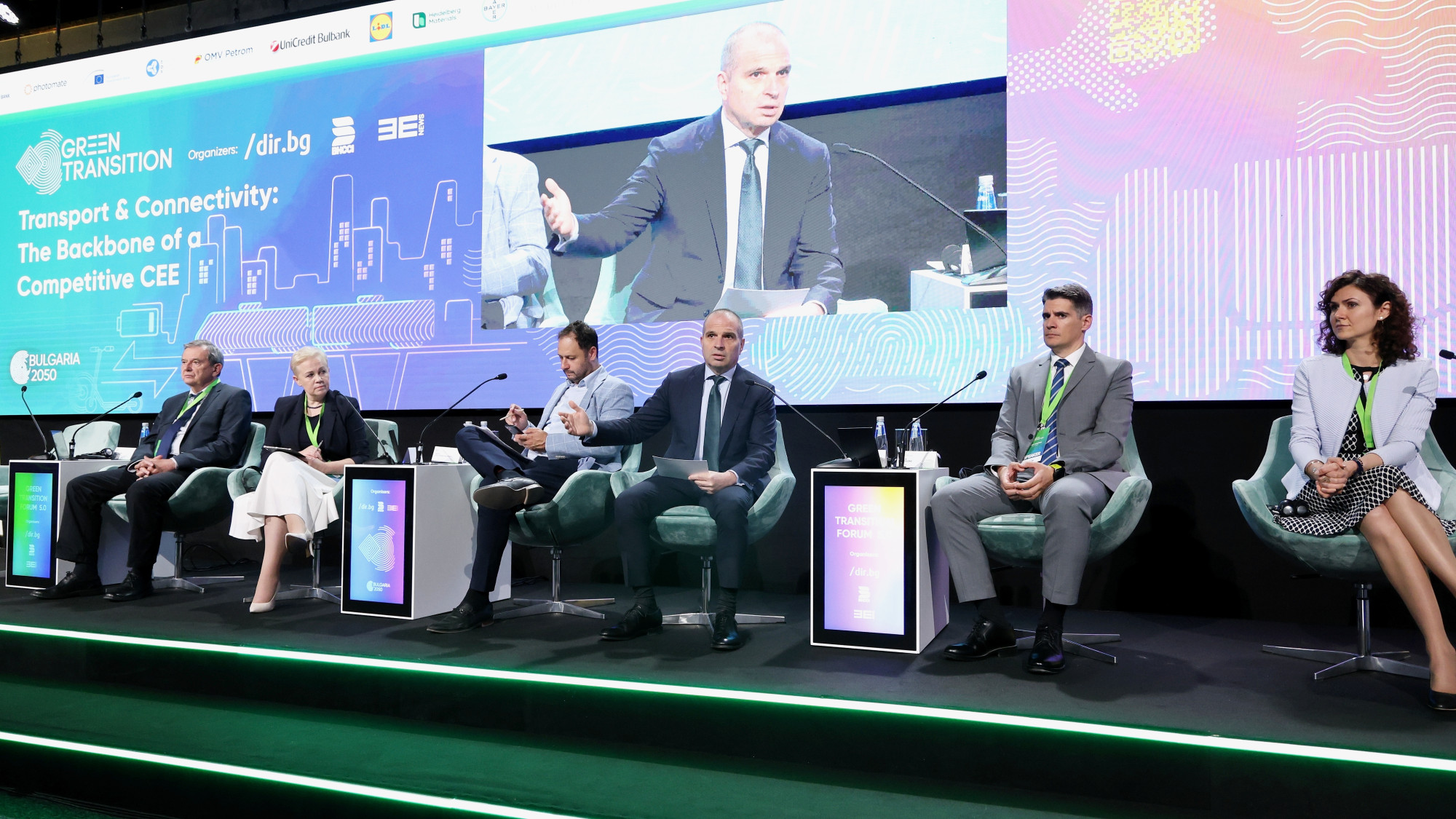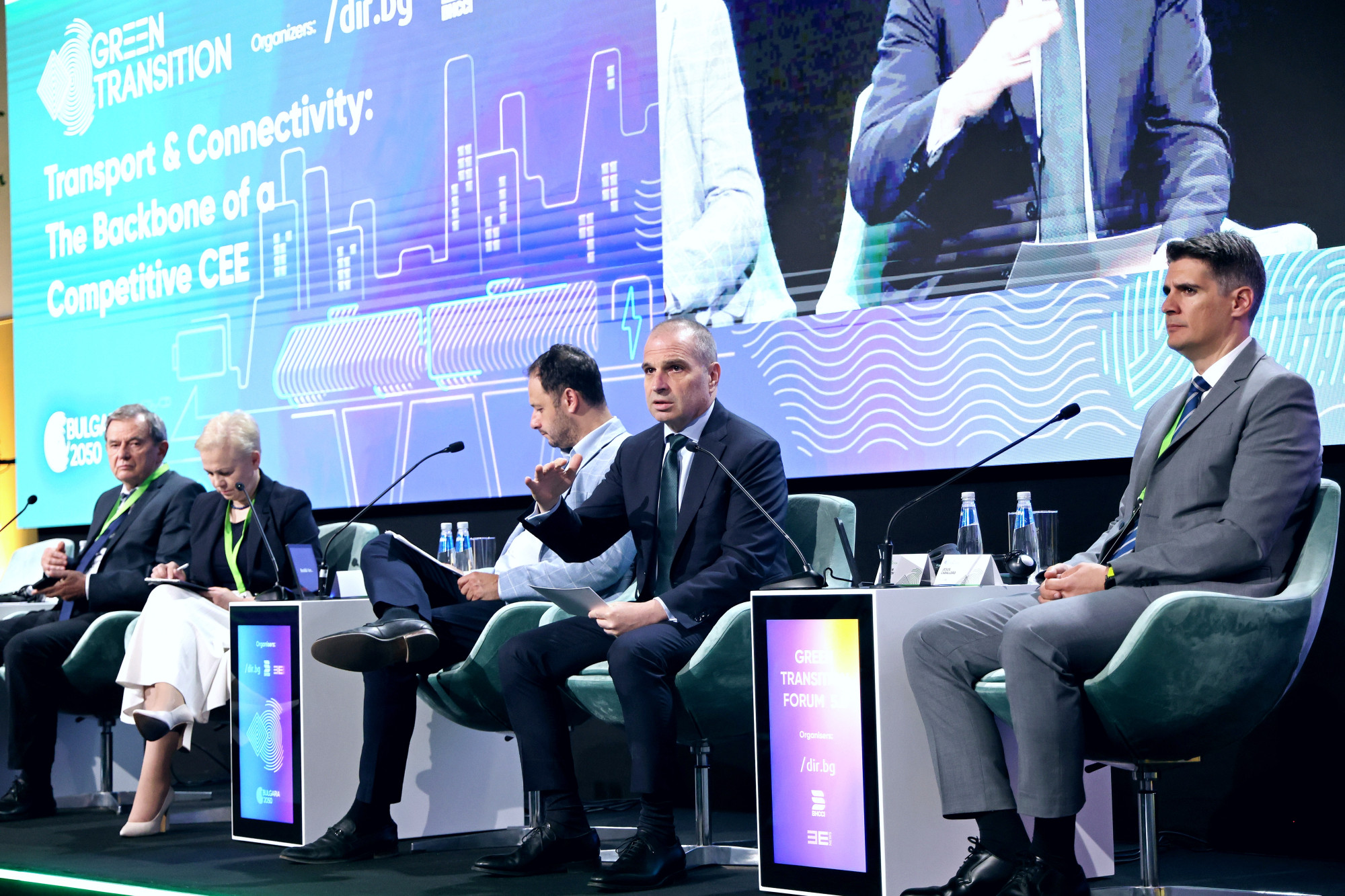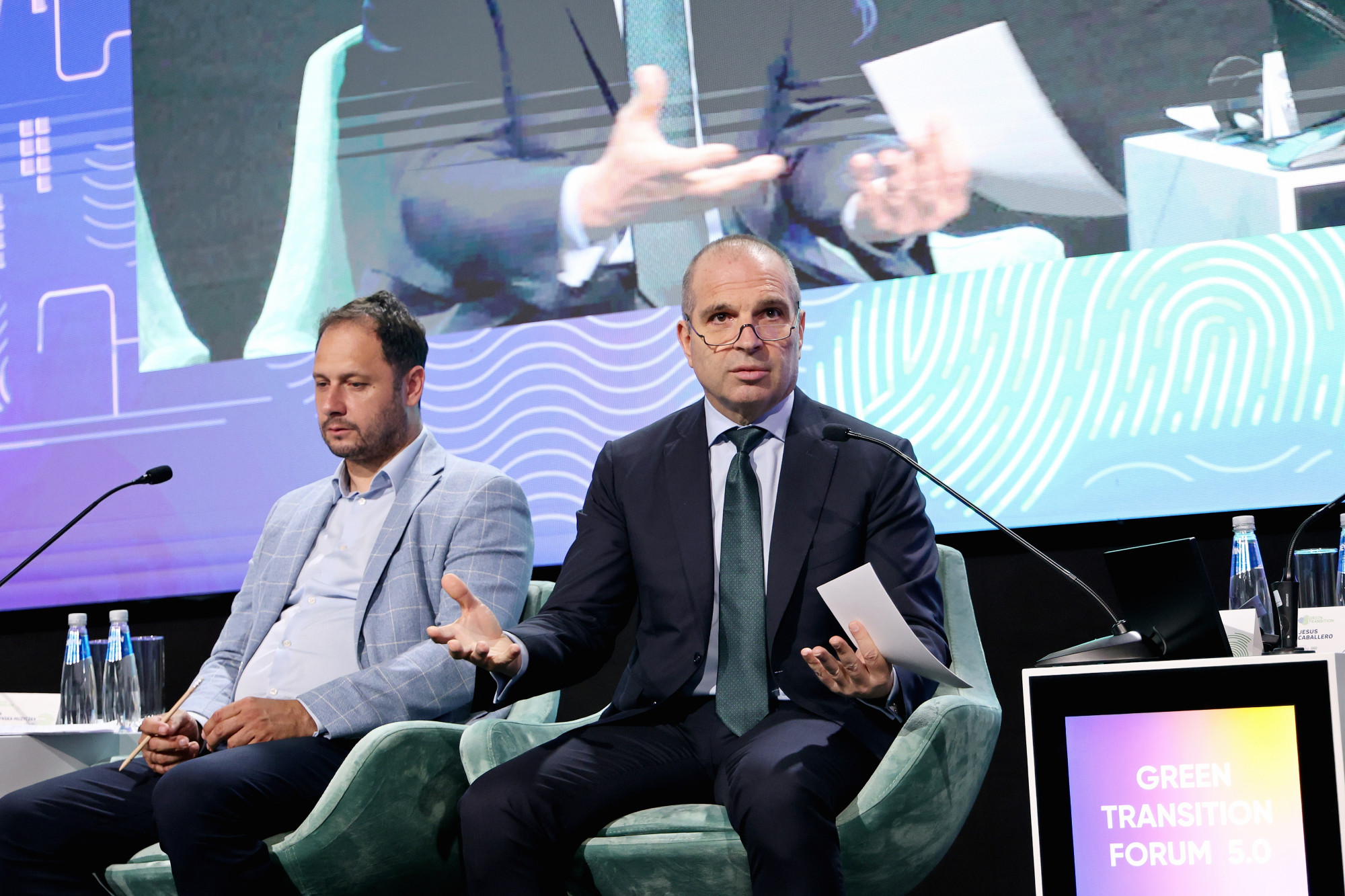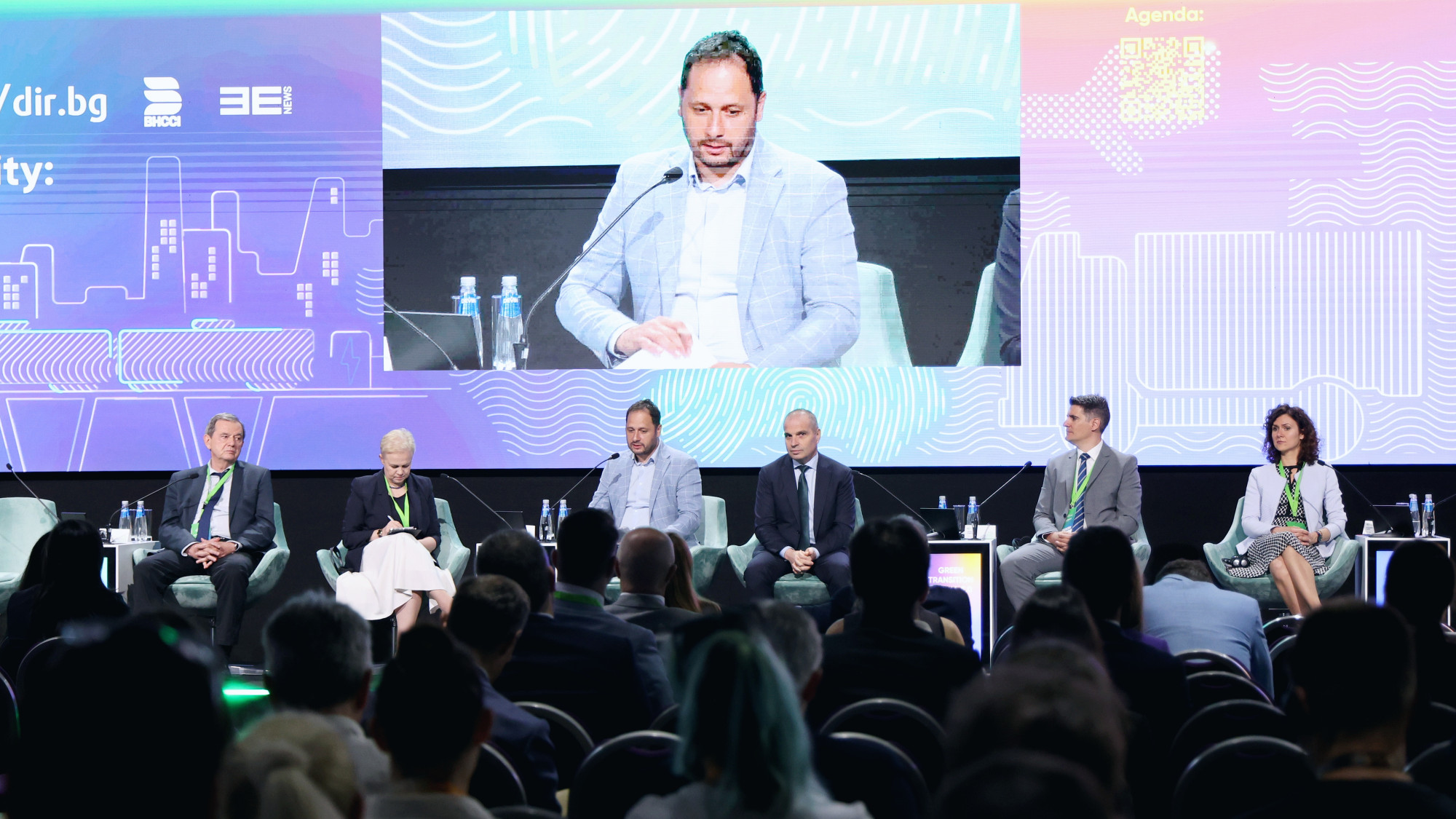Competition can deliver better quality services, and public-private partnerships yield tangible results. This was stated by Deputy Prime Minister and Minister of Transport and Communications Grozdan Karadjov during the “Green Transition Forum 5.0.” “At present, 15 port terminals, four out of five airports, and one intermodal terminal in Bulgaria are under concession agreements and we are actively expanding this model. One of the successful examples, Sofia Airport, will resume concession fee payments starting next year,” he added.
“It is time for Europe to reconsider key questions of transport connectivity and security, and to strengthen the so-called ‘bottlenecks’ along its Eastern flank,” said the Deputy Prime Minister. That is why Bulgaria placed Corridor 8 on the European Commission’s map - it connects the Adriatic to the Black Sea and is the shortest route to Asia’s eastern ports. He also underscored the importance of the North - South axis and the Trans - Caspian Corridor
“During the Roman Empire, there were seven bridges across the Danube. Today, we have only two. In Nikopol, people can see their neighbors across the river, but to shake hands, they need to travel 200 kilometers,” Grozdan Karadjov noted. He stressed that following a meeting earlier in June between transport leaders from Greece, Bulgaria, Romania, and Commissioner Apostolos Tzitzikostas, a joint initiative with the European Commission will seek funding solutions to increase the number of Danube crossings — not just to three, but to four or five.
According to him, two tunnels under the Balkan Mountains will significantly ease north – south traffic, reducing crossing time from one hour and 45 minutes to just 30 minutes.
During the forum, the Deputy Prime Minister reiterated that a key strategic priority remains the development of modern, eco-friendly, and convenient rail transport. “Our ambition is for rail to become the backbone of the national transport system - a true alternative to car travel. With support from European funds, we are investing in next-generation rolling stock with zero emissions to meet public expectations and contribute to climate goals,” Karadjov concluded.


